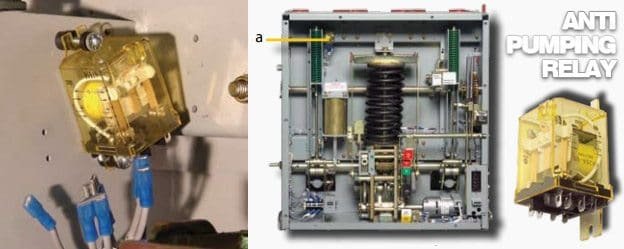Field instruments are important. They measure and control processes in various industries. Sometimes, these instruments fail to communicate properly. This guide will help you fix those issues.
Understanding the Problem
Intermittent communication failures are tricky. They come and go. This makes them hard to detect. The first step is to understand why they happen.
Common Causes
There are many reasons for communication failures. Here are some common ones:
- Electrical Interference
- Loose Connections
- Software Bugs
- Temperature Fluctuations
Electrical Interference
Electrical interference can cause communication problems. This happens when other devices send out signals. These signals interfere with your field instruments.
Loose Connections
Loose connections are another common cause. They make the signal weak. This can result in communication failures.
Software Bugs
Software bugs can also cause issues. Sometimes, the software in the instrument has problems. These problems can cause the instrument to fail to communicate.
Temperature Fluctuations
Temperature changes can affect field instruments. High or low temperatures can cause them to fail.
Steps to Troubleshoot
Now that we know the causes, let’s learn how to fix them. Follow these steps to troubleshoot intermittent communication failures:
Step 1: Check Connections
First, check all connections. Make sure they are tight. Loose connections can cause problems.
Step 2: Inspect For Electrical Interference
Next, look for sources of electrical interference. Try to move the instrument away from other devices. This can help reduce interference.
Step 3: Update Software
Check if the software is up to date. Updating the software can fix bugs. This can improve communication.
Step 4: Monitor Temperature
Monitor the temperature around the instrument. Make sure it is within the recommended range. If not, take steps to control the temperature.
Step 5: Replace Faulty Parts
If none of the above steps work, consider replacing faulty parts. Sometimes, parts wear out over time. Replacing them can fix the problem.
Preventive Measures
Prevention is better than cure. Here are some tips to prevent communication failures:
- Regular Maintenance
- Proper Installation
- Use Shielded Cables
- Keep Software Updated
Regular Maintenance
Regular maintenance is important. Check your field instruments regularly. This can help you find and fix problems early.
Proper Installation
Ensure proper installation of field instruments. Follow the manufacturer’s guidelines. This can prevent many problems.
Use Shielded Cables
Use shielded cables to reduce electrical interference. These cables have a special coating. This coating blocks unwanted signals.
Keep Software Updated
Always keep the software updated. Software updates often fix bugs. This can improve communication.
Frequently Asked Questions
What Causes Intermittent Communication Failures In Field Instruments?
Loose connections, EMI, or software glitches can cause communication failures in field instruments.
How To Identify A Loose Connection?
Inspect the connections physically. Look for visible signs of wear or disconnection.
Can Emi Affect Field Instrument Communication?
Yes, Electromagnetic Interference (EMI) can disrupt the signals in field instruments.
What Role Does Software Play In Communication Issues?
Software bugs or outdated firmware can lead to communication failures.
Conclusion
Intermittent communication failures can be frustrating. But with these steps, you can fix them. Check connections, inspect for interference, update software, monitor temperature, and replace faulty parts. Also, follow preventive measures like regular maintenance, proper installation, using shielded cables, and keeping software updated. This will help your field instruments work better.






